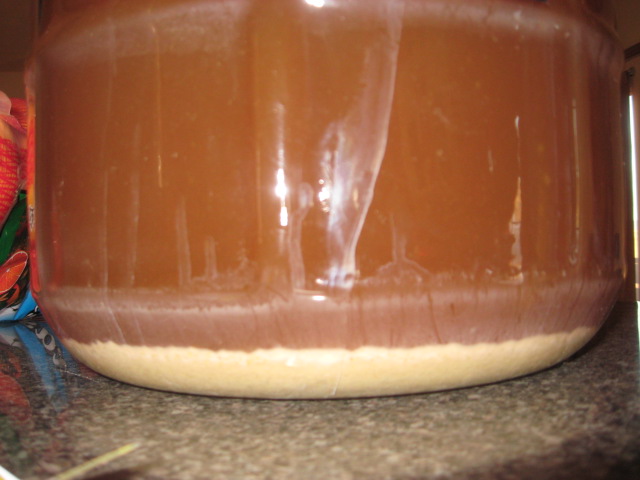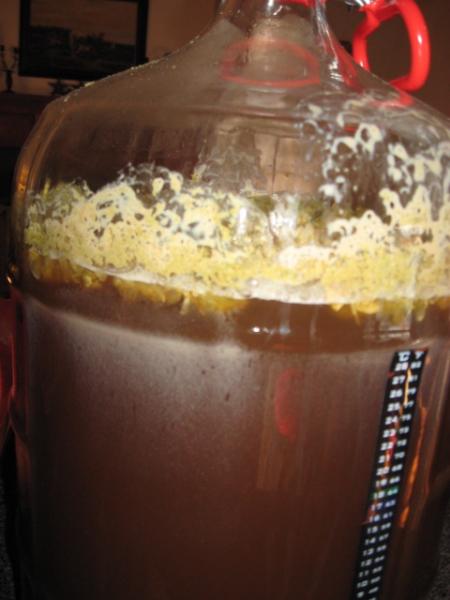DAV3
Member
I had a problem transferring the 60 min ipa clone to he secondary with my auto siphon. It kept clogging up with hops and really aerated the beer when going into the secondary. I had to strain the last gallon or so with a wire sieve because the siphon would not work any more.
Now it is so active for an entire week that it is completely clouded with hops and sediment. It is more active now than in the primary by far.
It smells fine but my instinct is telling me to transfer it again and let it clarify for another week or so before attempting bottling.
Any suggestions or insight???
I don't see any mold, and it smells fine...



Now it is so active for an entire week that it is completely clouded with hops and sediment. It is more active now than in the primary by far.
It smells fine but my instinct is telling me to transfer it again and let it clarify for another week or so before attempting bottling.
Any suggestions or insight???
I don't see any mold, and it smells fine...






